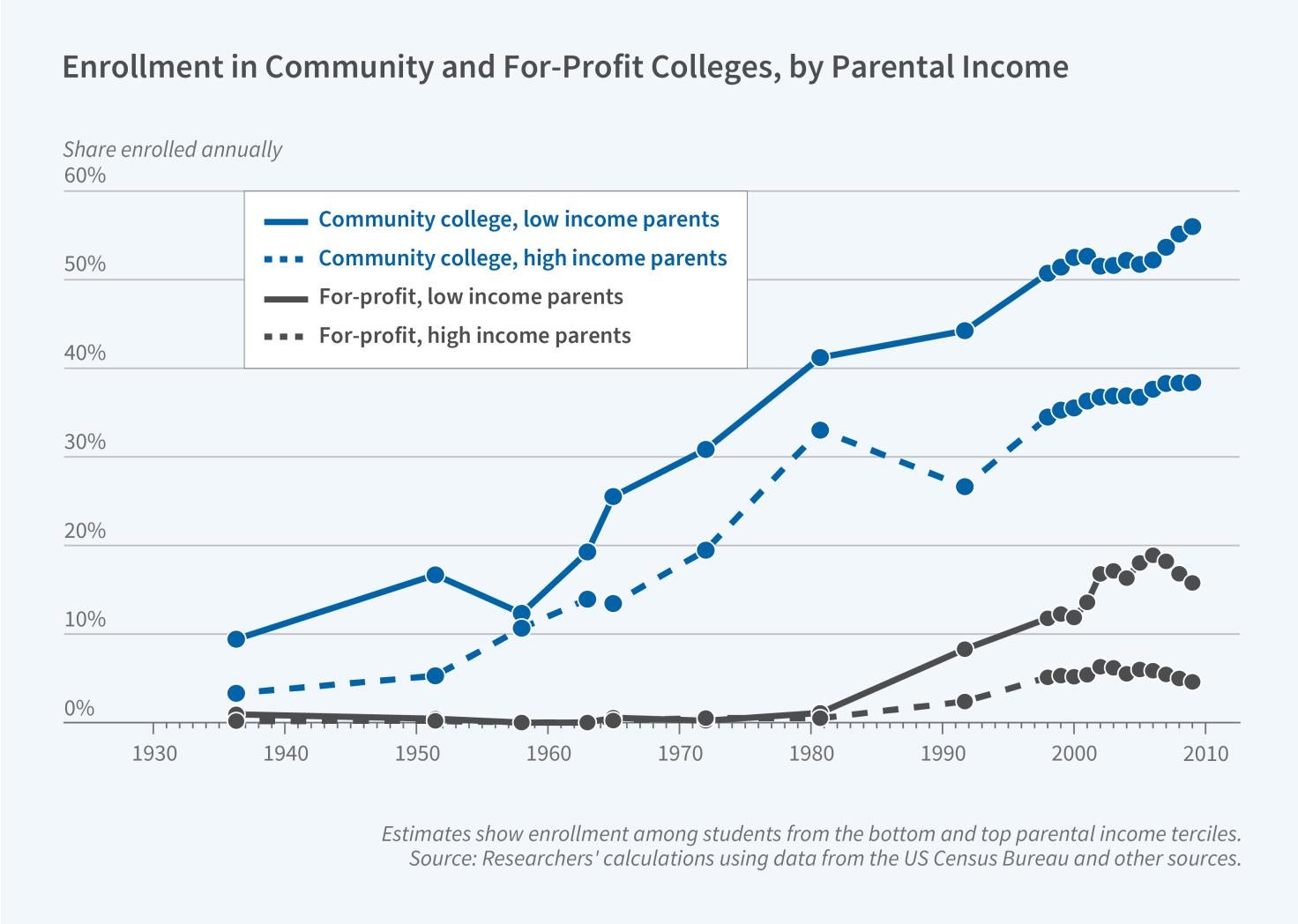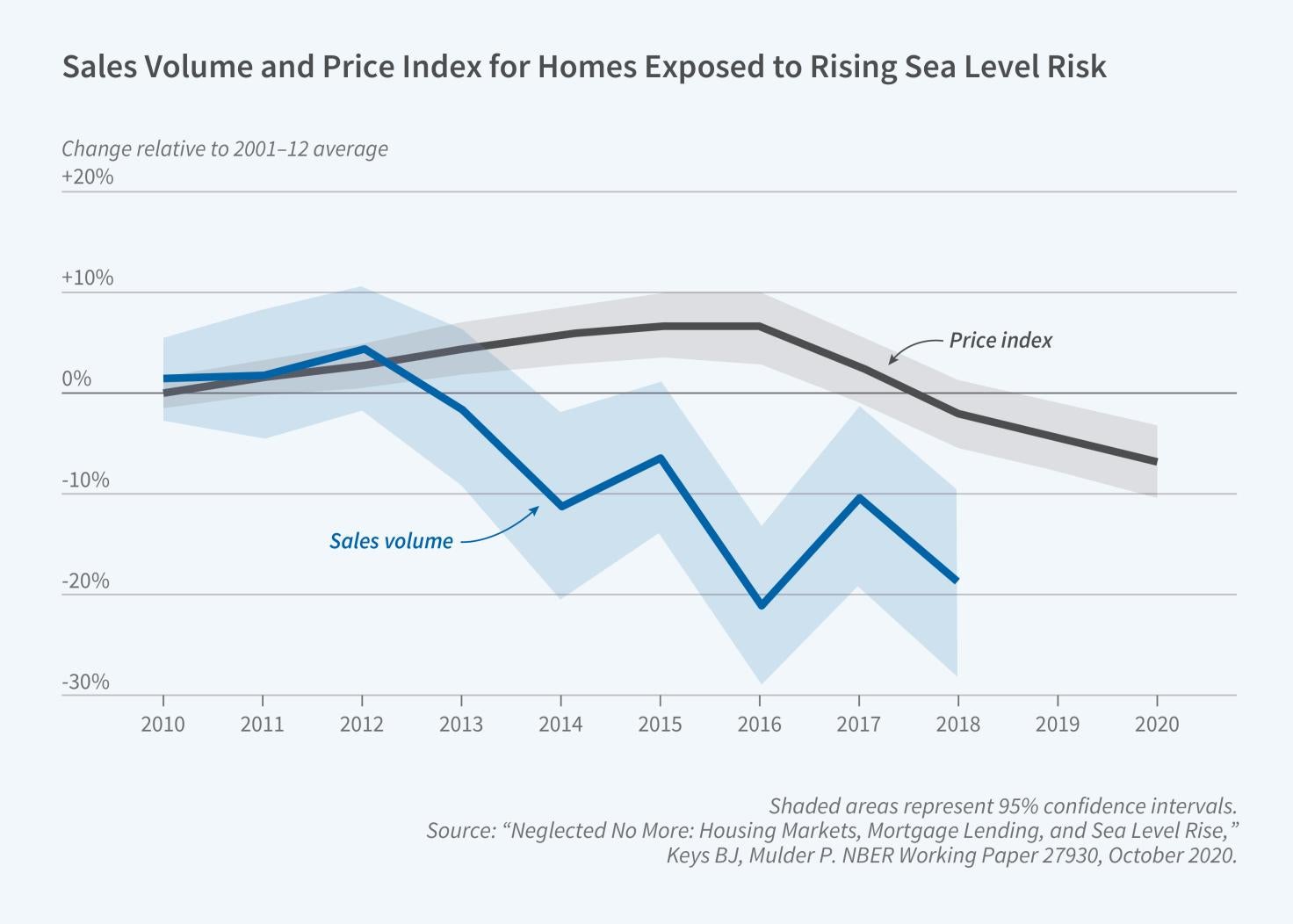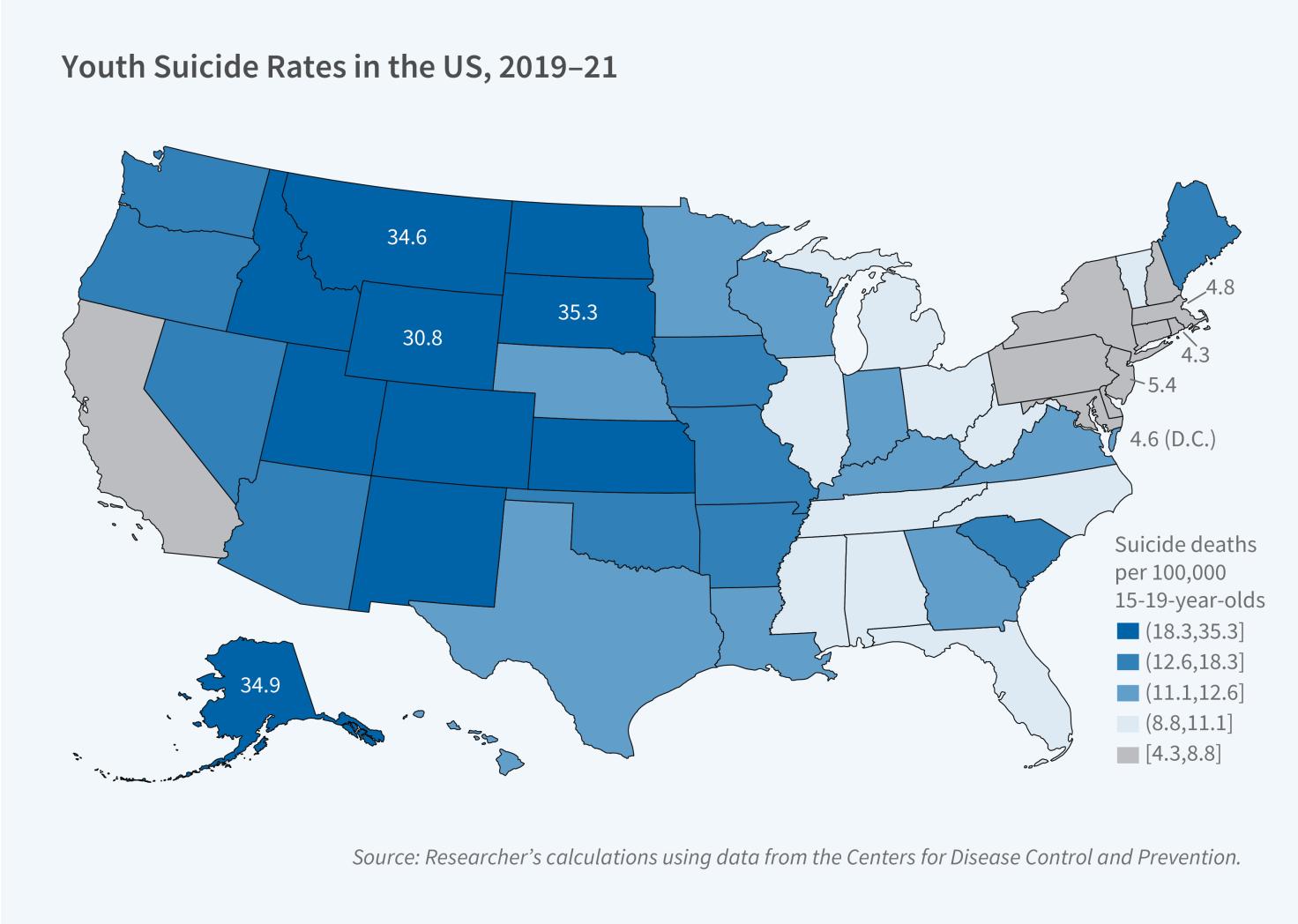National Bureau of Economic Research
Latest from the NBER

Damon Jones to Edit Tax Policy and the Economy
news article
Research Associate Damon Jones, an affiliate of the Economics of Aging and Public Economics programs whose research focuses on the economic effects of tax policies and transfer programs, will co-organize the 2025 Tax Policy and the Economy (TPE) meeting and co-edit the resulting publication. Jones, a faculty member of the Harris School of Public Policy at the University of Chicago, will succeed Research Associate Robert Moffitt of Johns Hopkins University, who has served in these roles since 2016. Jones and Moffitt will collaborate on the 2025 TPE meeting, and…
A research summary from the monthly NBER Digest

The Changing Distribution of the Return to Higher Education
article
Higher education has played a central role in reducing income inequality and the intergenerational persistence of socioeconomic status in the US during the twentieth century. However, the average return to attending college for students from families in different strata of the income distribution is not the same and has diverged in recent decades. Students from higher-income families receive greater wage benefits from college attendance than their lower-income peers.
In Changes in the College Mobility Pipeline Since 1900 (NBER Working Paper 33797), Zachary Bleemer and Sarah Quincy report that the average wage premium associated with college…
From the NBER Reporter: Research, program, and conference summaries

Housing, Climate Risk, and Insurance
article
Homeowners are especially vulnerable to climate change. Their homes are commonly the largest investment in their portfolio, but houses are immovable assets. With the US housing market worth approximately $48 trillion, the choices homeowners, home builders, insurers, and mortgage lenders make around climate risk also affect the macroeconomy. In this article, I summarize the work that my coauthors and I have conducted on the topic of housing and climate risk.
How environmental risks associated with climate change are reflected in the market value of properties is known as “capitalization.” House prices shifting due to climate risk signal where and how quickly adaptation must occur. When property values fail to promptly or accurately capture these risks, it creates a gap between perceived value and long-term…
From the NBER Bulletin on Health

Addressing Common Misconceptions About the Child Mental Health Crisis
article
The US Surgeon General has called the child mental health crisis “the defining public health crisis of our time.” In 2020, 13 percent of US children aged 3 to 17 had a diagnosed mental or behavioral condition. In 2021, mental health services for children cost $31 billion—47 percent of pediatric medical spending. Childhood mental health issues are linked to lower educational attainment, reduced employment, and increased use of welfare programs. Also, youth suicide rates are especially high in the US; males aged 15 to 19 have a rate four times higher than in France. In Investing in Children to Address the Child Mental Health Crisis (NBER Working Paper 33632), Janet Currie explores three common misconceptions about this youth mental health...
From the NBER Bulletin on Entrepreneurship

Entrepreneurship as an Alternative to Flexibility at Work
article
The surge in remote work in recent years has transformed labor markets, with potentially important implications for the interaction between workplace flexibility and entrepreneurship. In Hustling from Home? Work from Home Flexibility and Entrepreneurial Entry (NBER Working Paper 33237), John M. Barrios, Yael Hochberg, and Hanyi (Livia) Yi explore whether the increased flexibility provided by work-from-home (WFH) arrangements has affected entrepreneurial decisions. They focus on the COVID-19 pandemic as a natural experiment and analyze how the sudden shift to remote work affected new business creation. Guided…
Featured Working Papers
Used-car dealers earn price premiums over private sellers by selectively acquiring higher-quality cars, by doing a better job of matching buyers to vehicles, and by exploiting greater bargaining power in negotiations, according to Fei Li, Charles Murry, Can Tian, and Yiyi Zhou.
By analyzing data for the period 2000–2020, Matilde Bombardini, Frederico Finan, Nicolas Longuet-Marx, Suresh Naidu, and Francesco Trebbi find that the vote share for the Democratic candidate in House of Representatives elections rises with the number of “green transition” jobs, and the extent of local climate change, in the district.
Hanming Fang, Ming Li, and Jia Xiang study Chinese health insurance claims and medical malpractice lawsuits and find that physicians respond to lawsuits by rejecting high-risk patients and reducing surgery rates, actions that ultimately are associated with worse patient outcomes.
Kyle C. Meng and Vincent Thivierge find allocative efficiency for pollution—the extent to which emissions reductions were concentrated among sources with low abatement cost—improved by 3.3 percentage points annually under California’s RECLAIM program. They do not find any effects of the US’ NOx Budget Trading Program.
John S. Becko, Gene M. Grossman, and Elhanan Helpman demonstrate that geopolitical motives for tariff regimes can amplify protectionist pressures, and also show that starting from a global economy with a single hegemon, the emergence of a second great trade power can contribute to a retreat from globalization.
In the News
Recent citations of NBER research in the media
_______________________________________
Research Projects
Conferences
Books & Chapters
Through a partnership with the University of Chicago Press, the NBER publishes the proceedings of four annual conferences as well as other research studies associated with NBER-based research projects.
Videos
Recordings of presentations, keynote addresses, and panel discussions at NBER conferences are available on the Videos page.